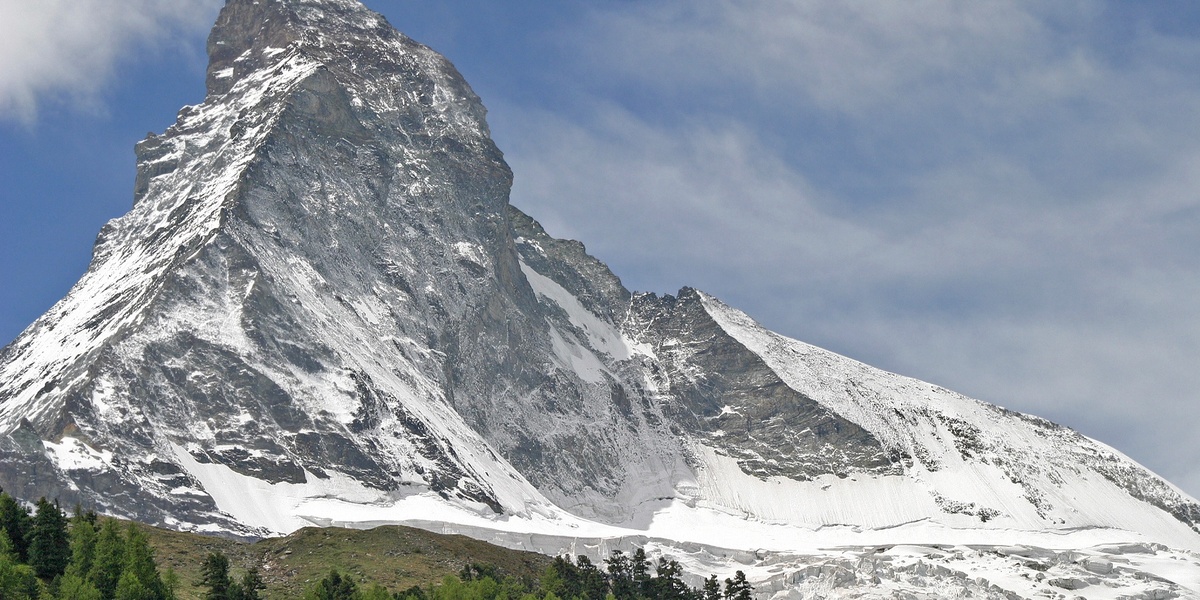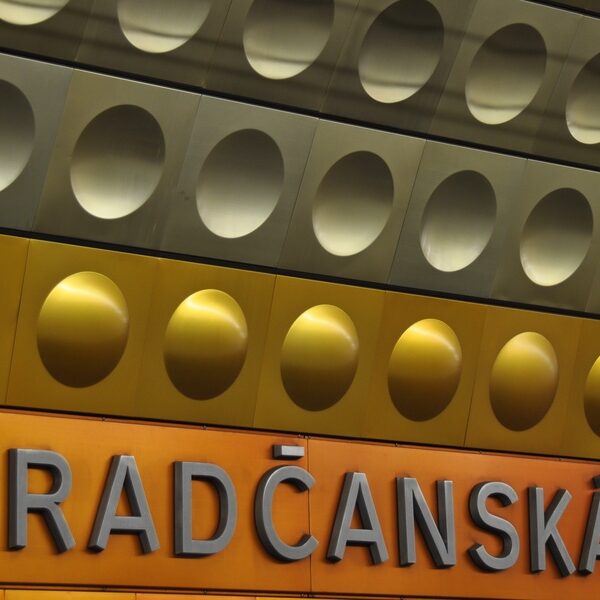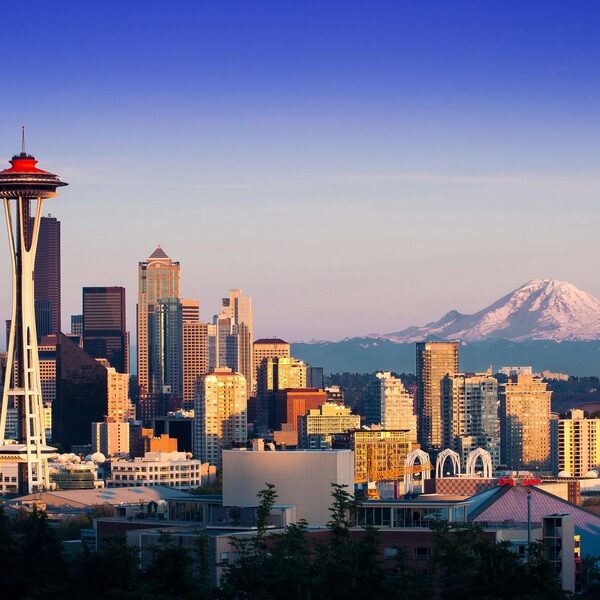The 1815 Congress of Vienna quietly codified a small, landlocked country’s policy that would shape diplomacy for two centuries: Swiss neutrality. That single decision helped put Switzerland at the center of global negotiation rooms — and it’s only the beginning of a story that mixes politics, precision industry, and postcard landscapes. Why should you care? Because Switzerland punches well above its weight economically (26 cantons, four official languages) and culturally: its brands, public services, and mountains influence travel, finance, and everyday design worldwide. Curious what makes this compact nation so distinctive and visible across the globe? This article walks through eight recognizable reasons — from watchmaking and chocolate to Geneva’s international institutions — with names, dates, and a few numbers to show how each thread contributes to Switzerland’s reputation.
Cultural and Lifestyle Highlights
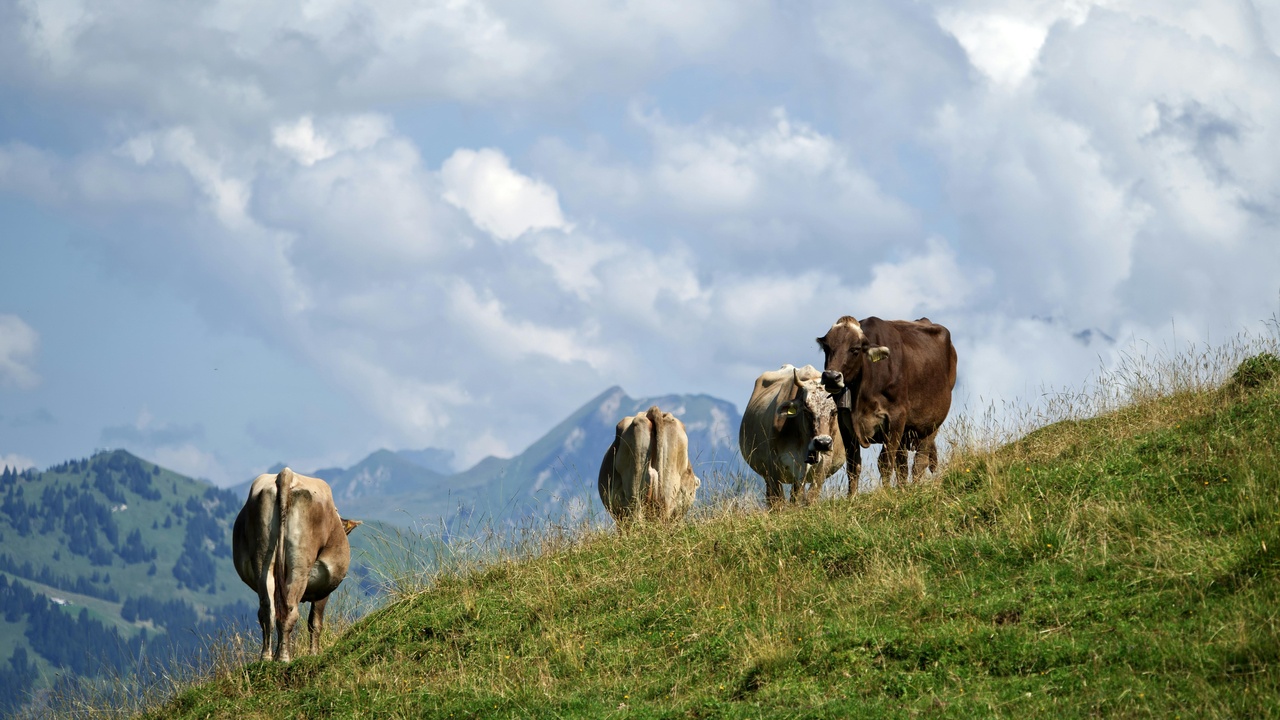
Swiss cultural exports — from timepieces to food — shape both international perceptions and daily life at home. Craftsmanship underpins national identity, while high living standards and multilingual cities attract expatriates and tourists alike.
1. World-class watches and precision engineering
Swiss watches are synonymous with precision and luxury. The industry traces back to the 16th–17th centuries when Huguenot refugees and technical guilds in Geneva and La Chaux-de-Fonds began refining skills that later produced Rolex, Patek Philippe and Swatch.
Together they support an ecosystem worth tens of billions of Swiss francs annually — Swiss watch exports exceed CHF 20 billion, according to the Federation of the Swiss Watch Industry (FH). Vocational training remains central: institutions such as WOSTEP and watchmaking schools in La Chaux-de-Fonds and Geneva teach the micro-mechanics that also feed medical-device and aerospace manufacturing.
Collectors pay accordingly: rare Patek Philippe models have fetched multi‑million‑dollar prices at auction (one notable sale reached about $31 million in 2019), a reminder that watchmaking is cultural heritage and an investment class.
2. Chocolate, cheese, and a rich culinary tradition
Swiss chocolate and cheese serve as cultural ambassadors. Brands like Lindt, Toblerone, Emmi and Nestlé anchor a food export sector that is both global and local: Switzerland’s per‑capita chocolate consumption runs roughly 8–9 kg per person per year, according to market reports.
Food tourism is a real draw: the Lindt factory tour in Kilchberg and cooperative cheesemaking in Gruyère bring visitors behind the scenes. Traditional dishes — fondue and raclette — are social rituals as much as meals, enjoyed at alpine huts and urban restaurants alike.
Those culinary strengths support rural economies and small-scale producers, while multinational firms keep Swiss recipes on supermarket shelves worldwide.
3. Languages, education, and high quality of life
Multilingualism and public services boost Switzerland’s global appeal: four official languages (German, French, Italian, Romansh) and 26 cantons create regional variety within a compact country. This diversity shows up in schools, media and public administration.
Switzerland consistently ranks near the top in livability and wellbeing surveys; it sits among the highest countries in the World Happiness Report and scores well on OECD measures for education and health outcomes. International schooling options — for example, the International School of Geneva (founded 1924) — serve families tied to diplomacy, finance and pharma.
Everyday impacts are tangible: reliable public transport, strong primary care networks, and salaries in key sectors make Switzerland attractive to skilled migrants and retirees alike.
Economic, Political and Innovation Strengths
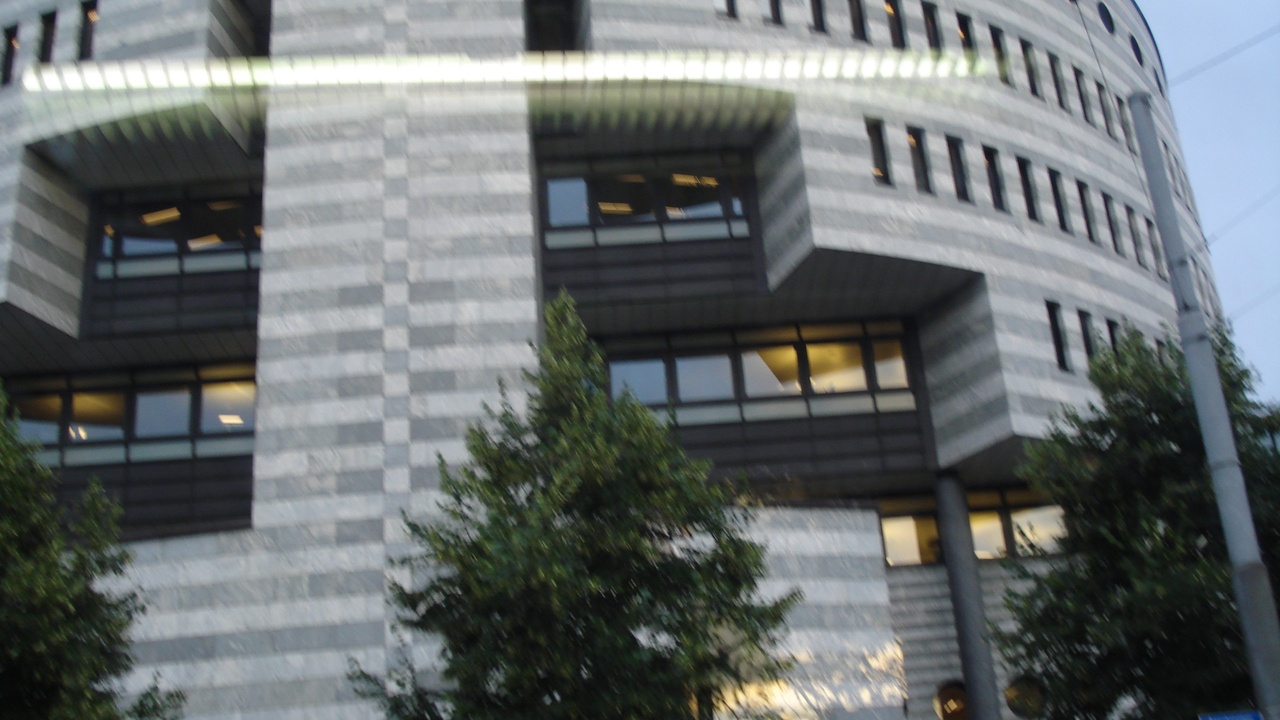
Political stability, a business‑friendly legal environment and sustained R&D investment make Switzerland a hotbed for finance and innovation. The next three items show how capital, chemistry and diplomacy intertwine in Swiss life.
4. Banking, finance, and a reputation for discretion
Swiss banks are known for wealth management and stability. UBS is the country’s largest bank, and in March 2023 UBS acquired Credit Suisse in an emergency transaction that reshaped Swiss banking. UBS reports assets under management in the trillions of dollars, with private‑banking hubs concentrated in Zurich and Geneva.
Wealth management generates significant fee income and attracts international clients seeking bespoke services. Regulatory change since the 2010s has increased transparency, but Switzerland’s expertise in cross-border wealth advisory remains an economic mainstay.
That role influences domestic regulation, taxation debates and the services on offer to high‑net‑worth individuals worldwide.
5. Pharmaceuticals, biotech, and high‑value exports
Basel is a global life‑sciences cluster anchored by Novartis and Roche. Both companies have headquarters and large R&D operations there; their pipelines and manufacturing facilities support exports and high‑skilled employment across the region.
Switzerland invests heavily in research: according to the OECD, R&D spending runs above 3% of GDP, among the highest in the world. Pharmaceuticals represent a sizable share of Swiss exports and of R&D intensive activity.
Concrete examples include landmark drug developments and global clinical trials run from Swiss sites; those projects translate into high‑value exports and deep research links with universities and hospitals.
6. Neutrality, diplomacy, and international institutions
Neutrality, recognized formally in 1815 at the Congress of Vienna, anchors Switzerland’s diplomatic identity. Geneva hosts the UN Office at Geneva (UNOG, established 1946) and is home to the International Committee of the Red Cross (ICRC, founded 1863).
Today Geneva hosts more than 200 international organizations and NGOs, making the city a focal point for negotiation, humanitarian coordination and treaty work (see UNOG for details).
That presence affects everyday Swiss life: conferences fill hotels, diplomacy shapes public policy discussions, and Geneva’s international community feeds local cultural institutions.
Nature, Tourism, and Public Services

Switzerland’s dramatic terrain and efficient public systems are central to its global brand. Mountain resorts draw international visitors, while transport, healthcare and local governance set standards that visitors and residents notice immediately.
7. Alpine scenery, skiing, and outdoor adventure
The Alps define much of Switzerland’s appeal: the Dufourspitze reaches 4,634 meters, and iconic sites like Zermatt (near the Matterhorn), St. Moritz and the Jungfrau region are international draws. Mountain railways such as the Glacier Express and the Bernina Express are attractions in their own right.
Tourism is a material part of local economies: Switzerland records tens of millions of overnight stays annually, according to the Swiss Federal Statistical Office, supporting seasonal jobs and hospitality businesses in alpine cantons.
Events — from World Cup ski races to summer trail festivals — keep resorts active year‑round and show how nature and infrastructure combine to make Switzerland a reliable outdoor destination.
8. Efficient public services: transport, healthcare, and direct democracy
Efficient public services are a hallmark of Swiss life. The Swiss Federal Railways (SBB) advertises punctuality rates typically above 90%, with dense regional networks that make short commutes and scenic journeys alike possible (see SBB).
Healthcare and emergency response perform well by OECD metrics, and Switzerland’s life expectancy and health outcomes rank highly among OECD members (see OECD statistics).
Democratic practice is also distinctive: citizens face several national votes per year (commonly three or four) plus many cantonal referendums, a system that keeps policy debates close to local communities and gives residents regular voice on public issues.
Summary
Switzerland’s global image blends long‑standing neutrality with high‑value industries and spectacular landscapes. Precision manufacturing and world‑renowned brands sit alongside Geneva’s diplomatic role and the Alps’ tourism economy, while public services and multilingualism sustain a high quality of life.
- Neutrality and diplomacy: recognized in 1815 and institutionalized in Geneva (UNOG established 1946), hosting 200+ international organizations.
- Precision and brands: watchmaking (Rolex, Patek Philippe, Swatch) and food exports (Lindt, Toblerone) deliver both culture and export value.
- Innovation and finance: Basel’s pharma cluster (Novartis, Roche), R&D above 3% of GDP (OECD), and major banks with global assets shape the economy.
- Landscape and services: Dufourspitze at 4,634 m, Glacier Express rail experiences, high SBB punctuality and frequent referendums make daily life and tourism reliable.
If you’ve wondered what is switzerland known for, consider visiting a watch workshop, a chocolate factory, or Geneva’s international quarter to see how these threads come together in one small but influential country.

